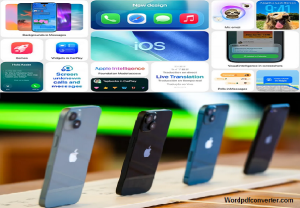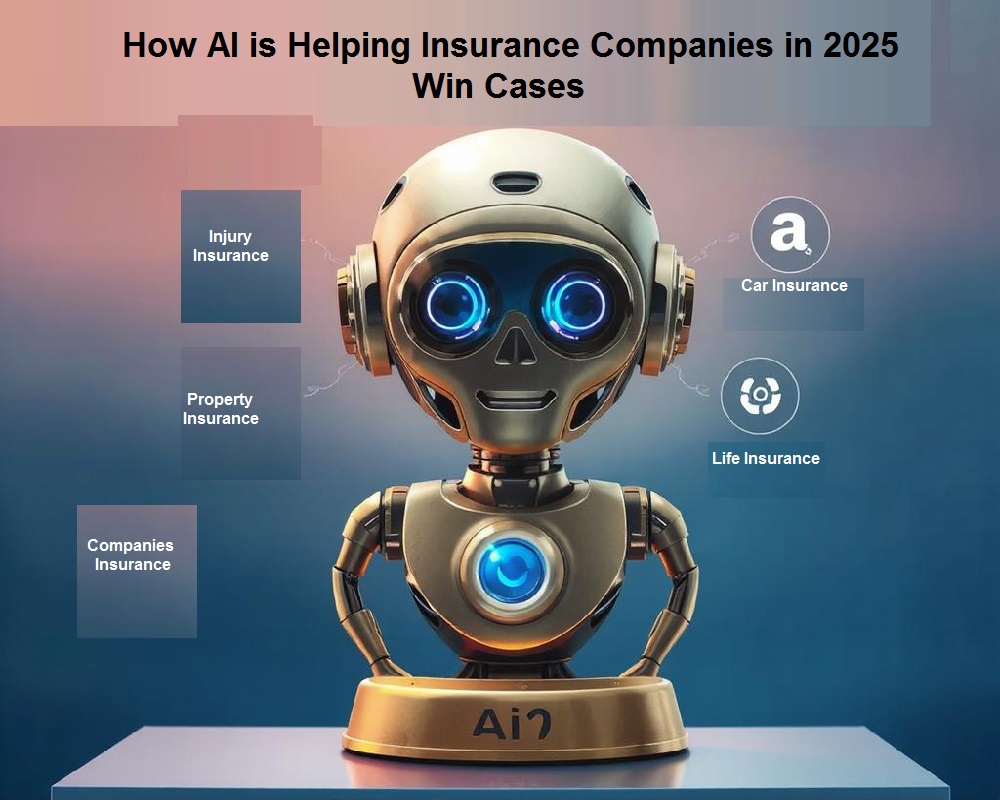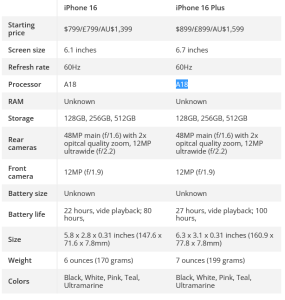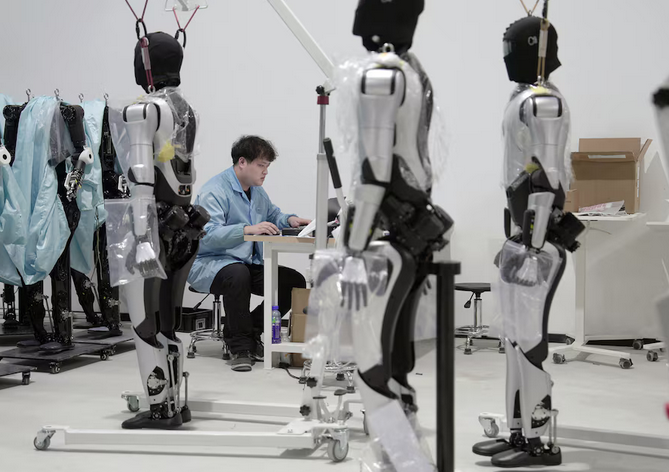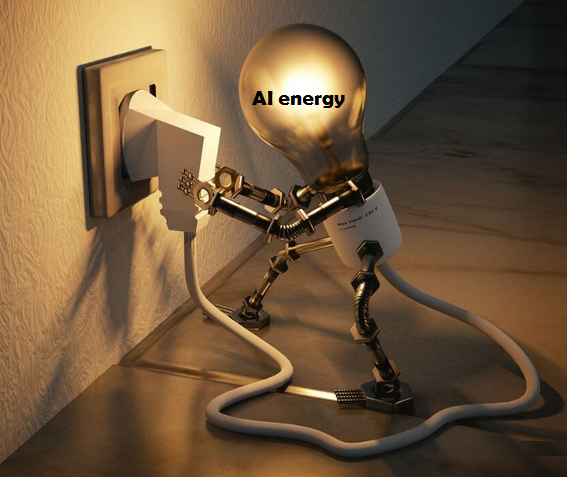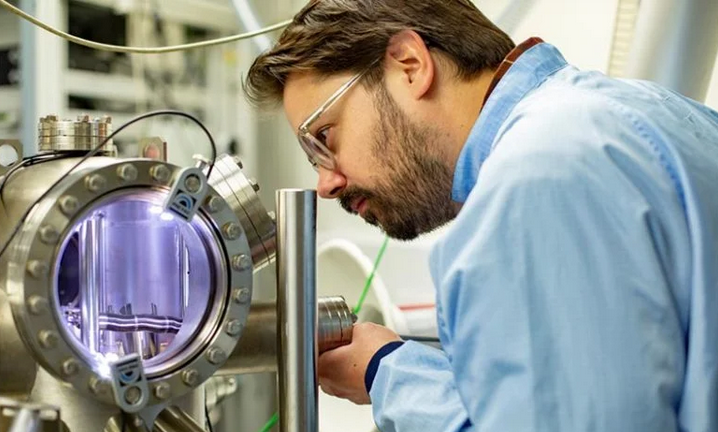Refinancing a mortgage is a strategic financial decision that can save homeowners thousands of dollars over the life of their loan. With interest rates shifting in 2025 and lenders offering more flexible refinance packages, now is a great time to evaluate whether refinancing makes sense for you.
Before diving into the best rates and lenders this year, it’s essential to understand what a mortgage is, why refinancing matters, and the advantages and disadvantages associated with it. This article also includes 5 best practices to ensure a smooth refinancing experience.

What Is a Mortgage?
A mortgage is a legal agreement between a borrower and a lender, in which the lender provides funds to purchase real estate and the borrower agrees to repay the loan over time, usually with interest. The property acts as collateral for the loan. If the borrower defaults, the lender has the right to take possession of the property through foreclosure.
Mortgages are typically long-term loans, lasting anywhere from 15 to 30 years, although other terms are available. Monthly payments include both principal (the original loan amount) and interest (the cost of borrowing the money), and may also include property taxes and insurance.
The Importance of Refinancing a Mortgage
Mortgage refinancing is the process of replacing your existing mortgage with a new one, usually with better terms. This can include a lower interest rate, shorter loan term, or the ability to tap into home equity.
In 2025, many homeowners are looking to refinance due to:
a, Changes in interest rates
b. Improved credit scores
c. Desire to change loan terms
Need for home equity cash-out for renovation or debt consolidation
Refinancing is an essential financial tool for maximizing home-ownership benefits and adapting to personal or economic changes.
Advantages of Refinancing a Mortgage
a. Lower Interest Rates
Refinancing to a lower interest rate can reduce monthly payments and save thousands over the loan’s life.
b. Reduced Loan Term
Switching from a 30-year to a 15- or 20-year mortgage helps homeowners pay off their loans faster and save on total interest.
c. Cash-Out Opportunities
Homeowners can access the equity built up in their homes to fund major expenses, such as renovations, education, or debt repayment.
d. Switching Loan Types
Refinancing allows switching from an adjustable-rate mortgage (ARM) to a fixed-rate mortgage, offering more stability.
e. Improved Credit Conditions
If your credit score has improved since the original loan, you may now qualify for better mortgage terms.
Disadvantages of Refinancing a Mortgage
a. Closing Costs
Refinancing typically comes with closing costs ranging from 2% to 5% of the loan amount, which can offset short-term savings.
b. Longer Break-Even Period
If you plan to move within a few years, refinancing might not make financial sense, as the savings may not cover the upfront costs.
c. Potential for Higher Long-Term Interest
Switching to a longer-term mortgage could lower monthly payments but increase the total amount paid over time.
d. Risk of Foreclosure
Refinancing with cash-out increases your debt and risks if your financial situation worsens.
e. Resetting the Loan Clock
Starting a new 30-year term could mean paying more interest over the long haul, even at a lower rate.
5 Best Mortgage Refinance Practices in 2025
1. Know Your Credit Score Before You Refinance
Your credit score plays a critical role in the interest rate you’ll be offered. A score above 740 often qualifies for the best rates. Before applying, check your credit reports, correct any errors, and pay down debt to improve your score.
Tip: Use AI-powered mortgage tools to analyze your credit profile and predict what rate you might qualify for.
2. Compare Multiple Lenders
Don’t settle for the first quote. Compare offers from banks, credit unions, online lenders, and mortgage brokers. Each may offer different terms, fees, and incentives.
Top Lenders in 2025 Include:
a. Rocket Mortgage – Fast digital application and competitive rates
b. Better Mortgage – No lender fees, great for tech-savvy users
c. Chase – Strong in-person and online support
d. SoFi – Ideal for high-income earners with good credit
e. LoanDepot – Known for refinancing options and custom loan terms
Use Ai online comparison tools to simplify the process and find the best deal.
3. Evaluate the Break-Even Point
The break-even point is the time it takes for your savings from refinancing to cover the closing costs. If you plan to stay in your home longer than this period, refinancing likely makes sense.
Example:
If refinancing saves you $200/month and closing costs are $4,000, your break-even point is 20 months.
4. Consider the Term Carefully
While a shorter loan term increases your monthly payments, it significantly reduces interest paid over the life of the loan. If your budget allows, switching to a 15- or 20-year term can accelerate your path to debt-free home-ownership.
However, if your priority is lowering monthly expenses, a new 30-year term could provide relief just remember to check the total interest over time.
5. Don’t Forget the Fine Print
Many homeowners overlook fees, prepayment penalties, and variable-rate clauses. Read all documents carefully or consult a mortgage advisor to understand:
a. Origination fees
b. Points (prepaid interest)
c. Escrow requirements
Prepayment penalties (rare, but still possible)
Using AI-based contract review tools can help highlight risky clauses and ensure you’re making an informed decision.
Should You Refinance in 2025?
Refinancing your mortgage in 2025 can be a smart move, especially if:
a. Interest rates have dropped
b. Your credit profile has improved
c. You want to shorten your loan term
d. You need cash from your home’s equity
However, it’s not one-size-fits-all. You must calculate potential savings, compare lenders, and assess your financial goals before proceeding.
